
Deploy Cisco MDS 9000 Series Switches to Scale Up Your Networking Infrastructure
Networking infrastructure is the backbone of any modern organisation, as it enables the communication, collaboration, and data exchange among various devices, applications, and users. Networking infrastructure consists of various components, such as routers, switches, firewalls, servers, storage devices, and cables, that connect and interoperate with each other to form a network.
One of the most important and challenging aspects of networking infrastructure is the storage network, which is the network that connects the servers and storage devices, and provides access to the data and applications stored on them. Storage networks are essential for ensuring the availability, performance, and security of the data and applications, as well as for supporting the business continuity and disaster recovery strategies of the organisation.
However, storage networks also face some challenges and limitations, such as:
- Scalability: As the data and applications grow in volume, variety, and velocity, the storage network needs to be able to scale up to accommodate the increasing demand and complexity, without compromising the quality of service and user experience.
- Flexibility: As the data and applications evolve and diversify, the storage network needs to be able to support multiple protocols, services, and devices, as well as to interoperate with different vendors and platforms, without increasing the cost and complexity of the network.
- Performance: As the data and applications require faster and more reliable access and processing, the storage network needs to be able to provide high-speed, low-latency, and secure data transfers and replication, especially over long distances, such as in disaster recovery scenarios.
- Availability: As the data and applications are critical for the business operations and continuity, the storage network needs to be able to prevent or minimise data loss and downtime, as well as to protect the data and applications from failures, errors, or attacks.
- Simplicity: As the storage network becomes more sophisticated and diverse, the storage network needs to be able to reduce the complexity, cost, and risk of managing the network infrastructure and data, as well as to improve the visibility, control, and automation of the network processes and tools.
To address these challenges and to scale up the networking infrastructure, organisations need to use storage network solutions that offer the following features and capabilities:
- Robust, flexible, and scalable hardware architecture that can support multiple protocols, services, and devices
- Multiple layers of network and storage-management intelligence that can provide data protection, backup, restoration, replication, migration, and encryption
- High-performance and high-availability features that can ensure fast, reliable, and uninterrupted access to data and applications
- Unified and simplified management tools that can monitor, configure, and troubleshoot the network infrastructure and data
One of the storage network solutions that can meet these requirements and help organisations to scale up their networking infrastructure is the Cisco MDS 9000 Series Multilayer Switches. The Cisco MDS 9000 Series is a family of storage area network (SAN) switches that offer a combination of performance, non-stop operations, and multiprotocol flexibility. The Cisco MDS 9000 Series comprises both hardware and software products, such as:
- Cisco MDS 9700 Series Multilayer Directors: These are high-end SAN switches that provide up to 768 ports of 2/4/8/10/16/32-Gbps Fibre Channel or 10-Gbps Fibre Channel over Ethernet (FCoE) connectivity, or up to 384 ports of 40-Gbps FCoE connectivity. They also support a range of services, such as virtual SANs (VSANs), inter-VSAN routing (IVR), port channels, quality of service (QoS), and zoning. They have fully redundant components and fault-tolerant design, as well as advanced security features, such as role-based access control (RBAC), authentication, authorisation, and accounting (AAA), and encryption1.
- Cisco MDS 9500 Series Multilayer Directors: These are mid-range SAN switches that provide up to 528 ports of 2/4/8/10/16-Gbps Fibre Channel or 10-Gbps FCoE connectivity. They also support the same services and features as the Cisco MDS 9700 Series, except for 40-Gbps FCoE connectivity2.
- Cisco MDS 9300 Series Multilayer Fabric Switches: These are entry-level SAN switches that provide up to 96 ports of 2/4/8/16/32-Gbps Fibre Channel or 10-Gbps FCoE connectivity. They also support the same services and features as the Cisco MDS 9700 Series and the Cisco MDS 9500 Series, except for 40-Gbps FCoE connectivity and IVR3.
- Cisco MDS 9200 Series Multiservice Switches: These are SAN switches that provide up to 48 ports of 2/4/8/10/16-Gbps Fibre Channel or 10-Gbps FCoE connectivity, as well as up to 8 ports of 1/10-Gbps Ethernet connectivity. They also support the same services and features as the Cisco MDS 9700 Series, the Cisco MDS 9500 Series, and the Cisco MDS 9300 Series, except for 32-Gbps Fibre Channel connectivity, 40-Gbps FCoE connectivity, and IVR. They also support additional services, such as Fibre Channel over IP (FCIP) and Internet Small Computer System Interface (iSCSI)4.
- Cisco MDS 9100 Series Multilayer Fabric Switches: These are SAN switches that provide up to 48 ports of 2/4/8/16-Gbps Fibre Channel connectivity. They also support the same services and features as the Cisco MDS 9700 Series, the Cisco MDS 9500 Series, the Cisco MDS 9300 Series, and the Cisco MDS 9200 Series, except for FCoE connectivity, FCIP, and iSCSI5.
- Cisco NX-OS Software for MDS 9000 Services-Oriented SANs: This is the operating system that runs on all the Cisco MDS 9000 Series switches. It provides a consistent and unified interface and functionality across the switches, as well as a range of features and services, such as data mobility, data compression, data deduplication, and data encryption.
- Cisco I/O Accelerator: This is a software feature that enhances the performance and efficiency of data transfers over long distances, such as in disaster recovery scenarios. It uses a combination of techniques, such as write acceleration, read acceleration, tape acceleration, and compression, to reduce the latency and bandwidth requirements of data transfers.
- Cisco Data Mobility Manager: This is a software feature that enables the online and non-disruptive migration of data from one storage device to another, regardless of the vendor, model, or protocol. It supports both block-level and file-level data migration, as well as heterogeneous and homogeneous migration scenarios. It also provides data verification, data synchronisation, and data rollback capabilities.
- Cisco XRC Acceleration: This is a software feature that enhances the performance and efficiency of data replication over long distances, such as in disaster recovery scenarios. It uses a combination of techniques, such as write acceleration, read acceleration, and compression, to reduce the latency and bandwidth requirements of data replication. It is compatible with IBM z/OS Global Mirror, which is a data replication solution for IBM mainframe environments.
- Cisco Prime Data Center Network Manager: This is a software tool that provides a comprehensive and unified management solution for the Cisco MDS 9000 Series switches, as well as other Cisco data center products, such as Cisco Nexus switches and Cisco Unified Computing System (UCS) servers. It enables the monitoring, configuration, troubleshooting, and reporting of the SAN infrastructure and data.
However, SANs also introduce some risks and challenges for disaster recovery, such as:
- Data corruption or loss due to human errors, hardware failures, software bugs, or malicious attacks
- Data inconsistency or incoherence due to network failures, configuration errors, or synchronisation issues
- Data security breaches due to unauthorised access, interception, or modification of data in transit or at rest
- Data recovery delays or failures due to complex, manual, or unreliable processes or tools
The Cisco MDS 9000 Series switches can help organisations to scale up their networking infrastructure by providing the following benefits:
- Flexibility: The Cisco MDS 9000 Series switches can support multiple protocols, such as Fibre Channel, FCoE, FCIP, and iSCSI, as well as multiple services, such as VSANs, IVR, port channels, QoS, and zoning. This enables organisations to use the best protocol and service for their networking needs, as well as to interoperate with different vendors and platforms.
- Performance: The Cisco MDS 9000 Series switches can provide high-speed, low-latency, and secure access to data and applications, as well as to enhance the performance and efficiency of data transfers and replication over long distances, using features such as Cisco I/O Accelerator and Cisco XRC Acceleration. This enables organisations to achieve faster and more reliable networking, as well as to meet their service level agreements (SLAs) and business objectives.
- Availability: The Cisco MDS 9000 Series switches can provide non-stop operations, using features such as fully redundant components, fault-tolerant design, and advanced security features. This enables organisations to prevent or minimise data loss and downtime, as well as to protect their data and applications from failures, errors, or attacks.
- Simplicity: The Cisco MDS 9000 Series switches can provide unified and simplified management, using features such as Cisco NX-OS Software and Cisco Prime Data Center Network Manager. This enables organisations to reduce the complexity, cost, and risk of managing their networking infrastructure and data, as well as to improve the visibility, control, and automation of their networking processes and tools.
In conclusion, the Cisco MDS 9000 Series switches are SAN solutions that can help organisations to scale up their networking infrastructure by providing flexibility, performance, availability, and simplicity. The Cisco MDS 9000 Series switches can support multiple protocols and services, enhance the speed and reliability of data transfers and replication, prevent or minimise data loss and downtime, and reduce the complexity and cost of managing the network infrastructure and data. By deploying the Cisco MDS 9000 Series switches, organisations can achieve faster and more effective networking, as well as to meet their SLAs and business objectives. The Cisco MDS 9000 Series switches are the ideal choice for organisations that want to scale up their networking infrastructure and ensure their data and application availability and security.
FAQ's
The Cisco MDS 9000 Series comprises high-performance, multiprotocol, director-class and fabric switches designed for storage networking.
These switches offer scalability through high port density, support for multiple protocols like Fibre Channel, FCoE, and SAN, as well as features for seamless expansion without compromising performance.
With features like high-speed data transfer rates, low latency, and advanced traffic management capabilities, the series optimizes performance in storage area networks (SANs).
Prior to deployment, factors like current infrastructure assessment, scalability requirements, protocol compatibility, and budget allocation need careful consideration.
The MDS 9000 Series offers redundancy features such as hot-swappable components, virtual SANs (VSANs), and capabilities for non-disruptive software upgrades, ensuring minimal downtime.
Yes, they are designed to seamlessly integrate into existing networks, supporting interoperability and coexistence with previous generations of Cisco MDS switches.
Cisco provides comprehensive management tools like Cisco Data Centre Network Manager (DCNM) and Cisco MDS 9000 NX-OS Software for configuration, monitoring, and troubleshooting.
It offers various security features such as role-based access control (RBAC), SAN zoning, fabric binding, and authentication mechanisms, ensuring data integrity and confidentiality.
They provide support for virtualization technologies like VMware vSphere and Microsoft Hyper-V, enabling efficient storage access and management in virtualized environments.
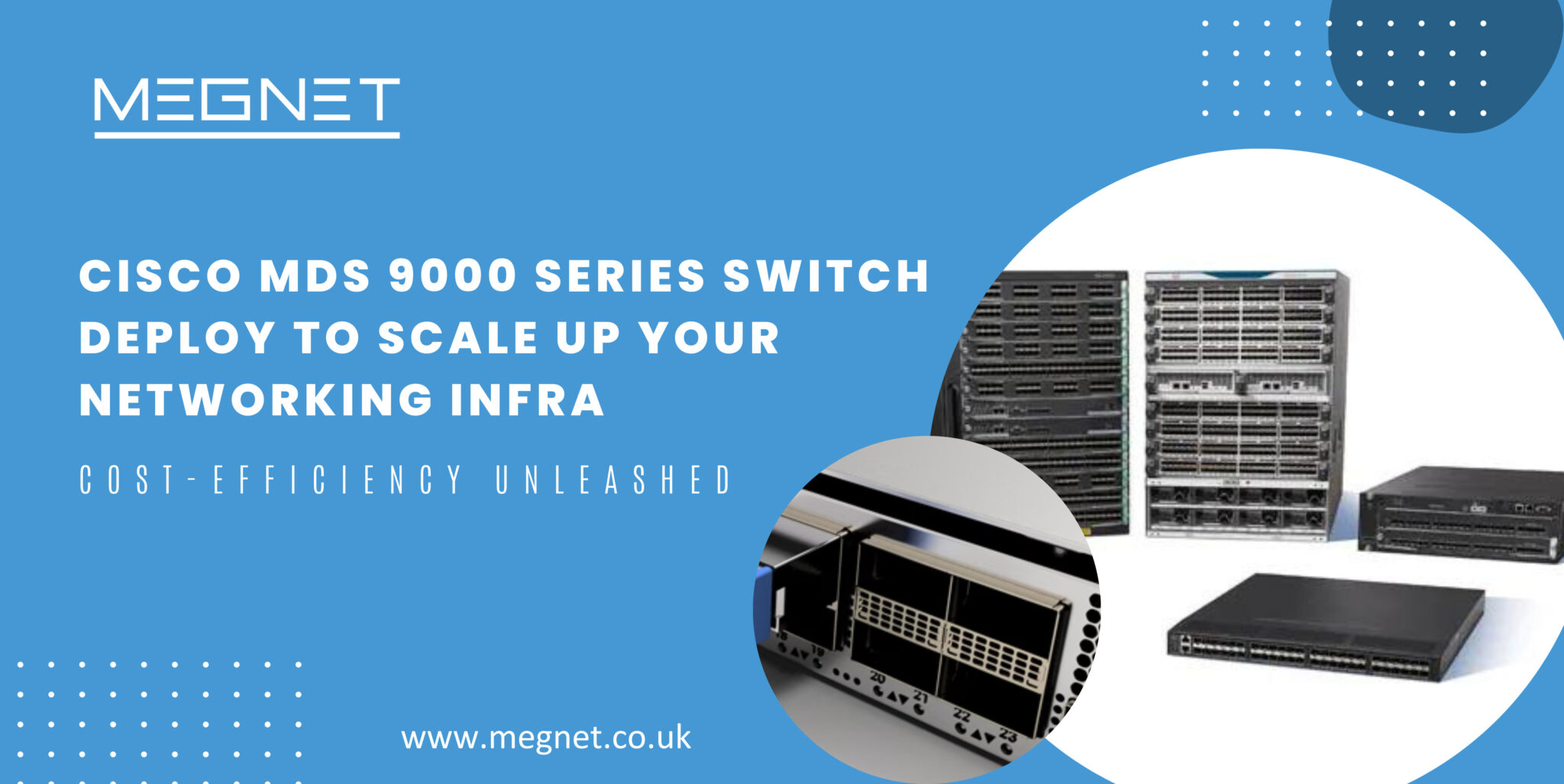

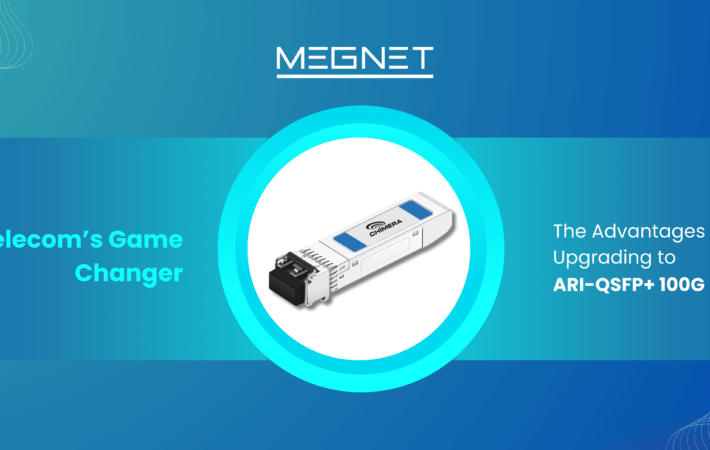

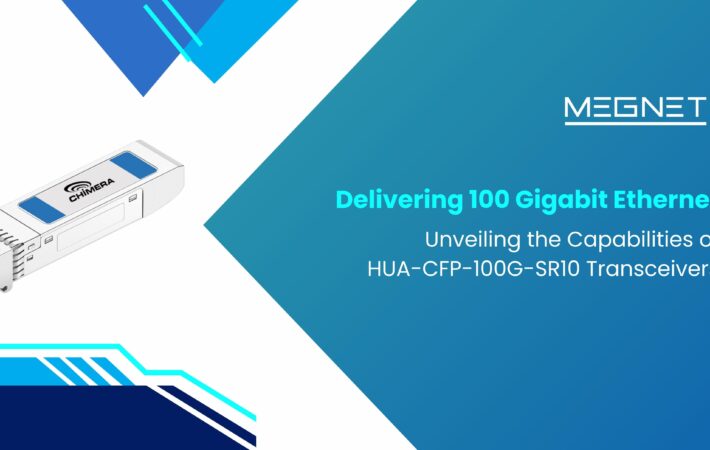
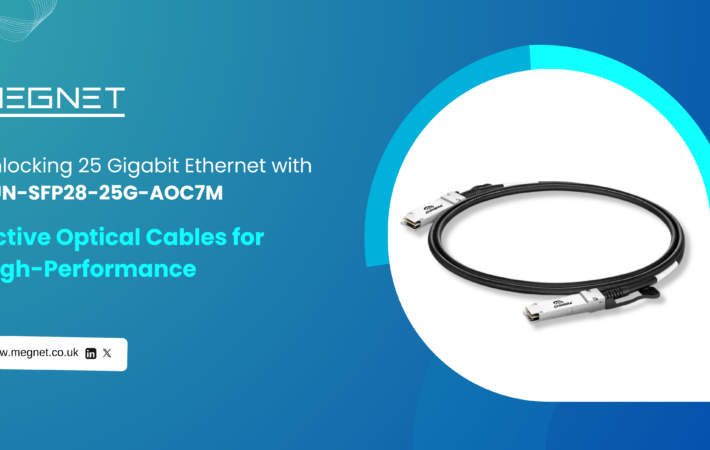
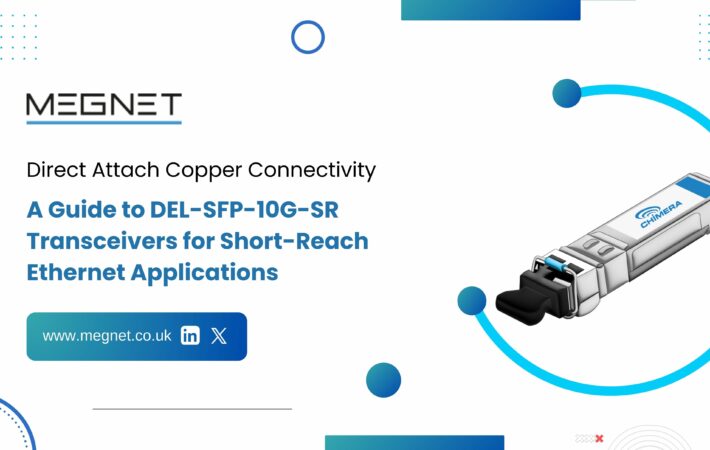


Leave a comment
Your email address will not be published. Required fields are marked *